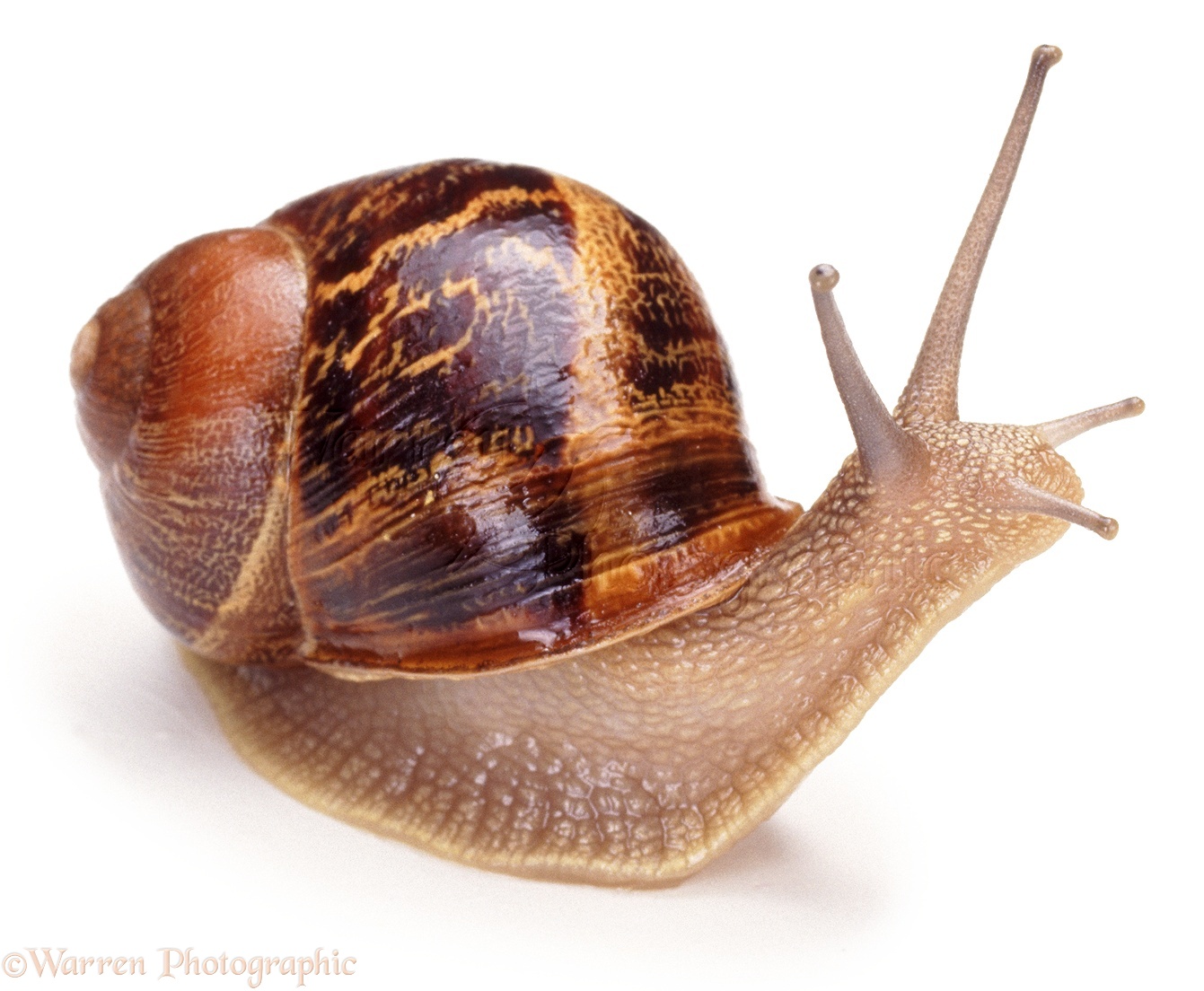
Garden Snail photo WP04607
Helix aspersa is a species of land snail belonging to the Helicidae family, widespread in the Mediterranean and continental area up to Northern Europe. In some areas it is appreciated as a food, but is mostly considered a parasite of gardens and cultivated fields. The mucus of Helix aspersa has found multiple applications in the cosmetic and health fields. In the present study, we investigated.

Baby Juveniles snails Helix Aspersa Muller Aspersa Snails International
Two-day-old eggs (about 0.5 kg) of two snail subspecies, Helix aspersa maxima Taylor, 1883 (Cornu aspersum maxima (Taylor, 1883)) and Helix aspersa aspersa Müller, 1774 (Cornu aspersum aspersum (Müller, 1774)), were obtained from the commercial breeding (Grudziądz, Poland). Animal raw materials were collected in June 2018.
.jpg)
Allotment Helix Aspersa
Among animal sources, garden snail Helix aspersa has come into prominence with its antibacterial and regenerative exts. and show potential in tissue regeneration. Thus, in this study, bioactive H. aspersa exts. (slime, mucus) were loaded in chitosan (CHI) matrix to fabricate porous scaffolds for hard tissue regeneration.
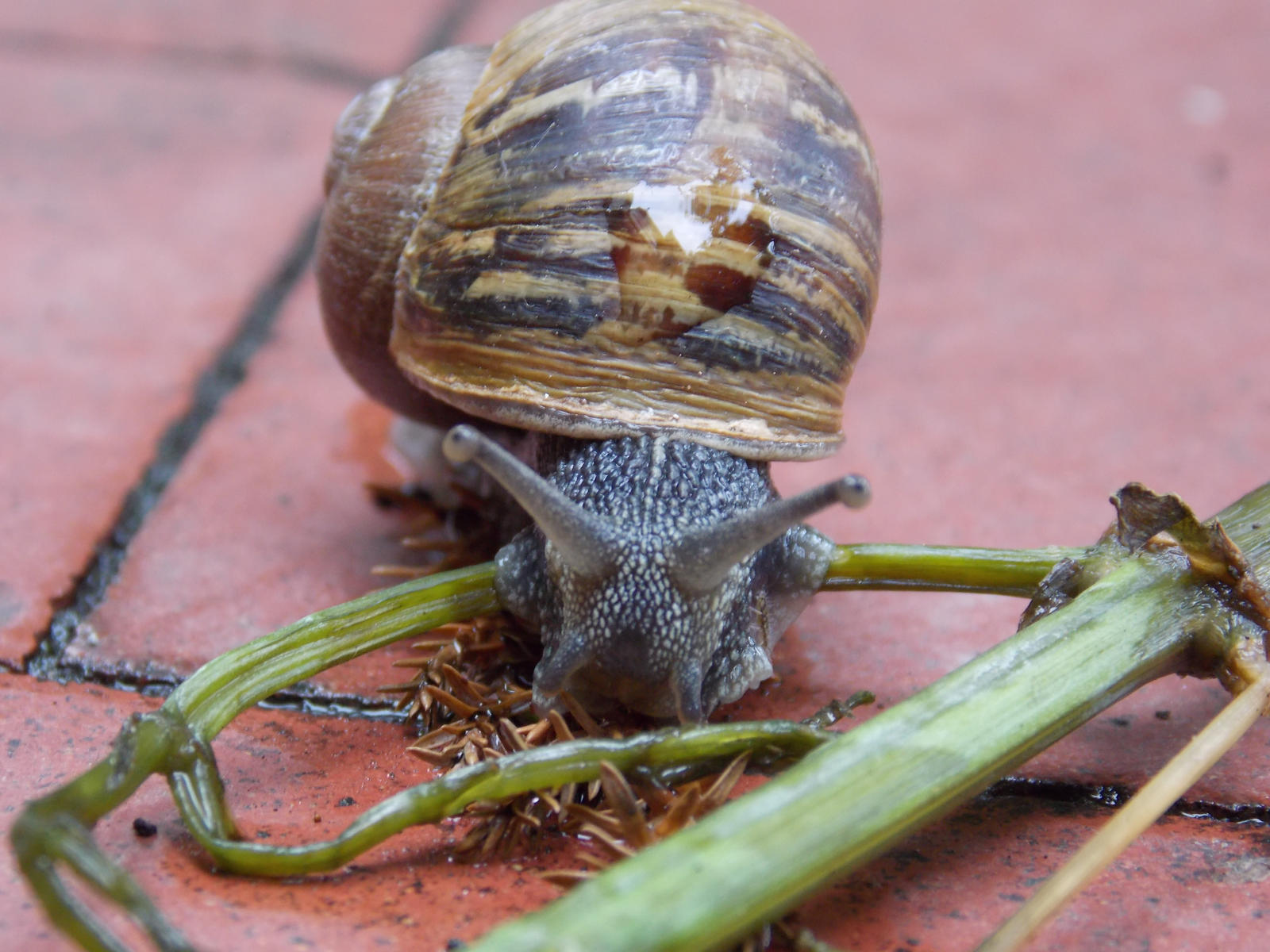
Helix aspersa by IdleChris on DeviantArt
Helix aspersa Müller, of European origin, is the most important snail pest in California. Although most commonly a pest of landscape ornamentals and home gardens, this snail has also been an important pest of citrus for many years (Basinger, 1931).

Commercial Snail Breeding Guide The Helix Aspersa Muller
Abstract. This paper describes the biochemical composition of different species (Helix lucorum, Helix pomatia) and sub-species of snails (Helix aspersa aspersa, Helix aspersa maxima) reared in the same conditions with a feed ('Helixal') specially designed for edible snails.In addition, the composition of wild H. pomatia and H. lucorum is presented to allow comparison between snails of.

La nostra Helix Aspersa pronta consegna 24h Our Helix Aspersa prompt delivery 24h Snail
The "Italian" outdoor snailfarming technology assumes that both mature and juvenile snails hibernate outdoor, protected by a thin sheet of unweaved coverlet (agryl sheet). In contrast, the "French" snailfarming technology implies that only mature brown garden snails (Helix aspersa) hibernate indoor, in strictly controlled microenvironmental parameters (temperature, humidity, and.
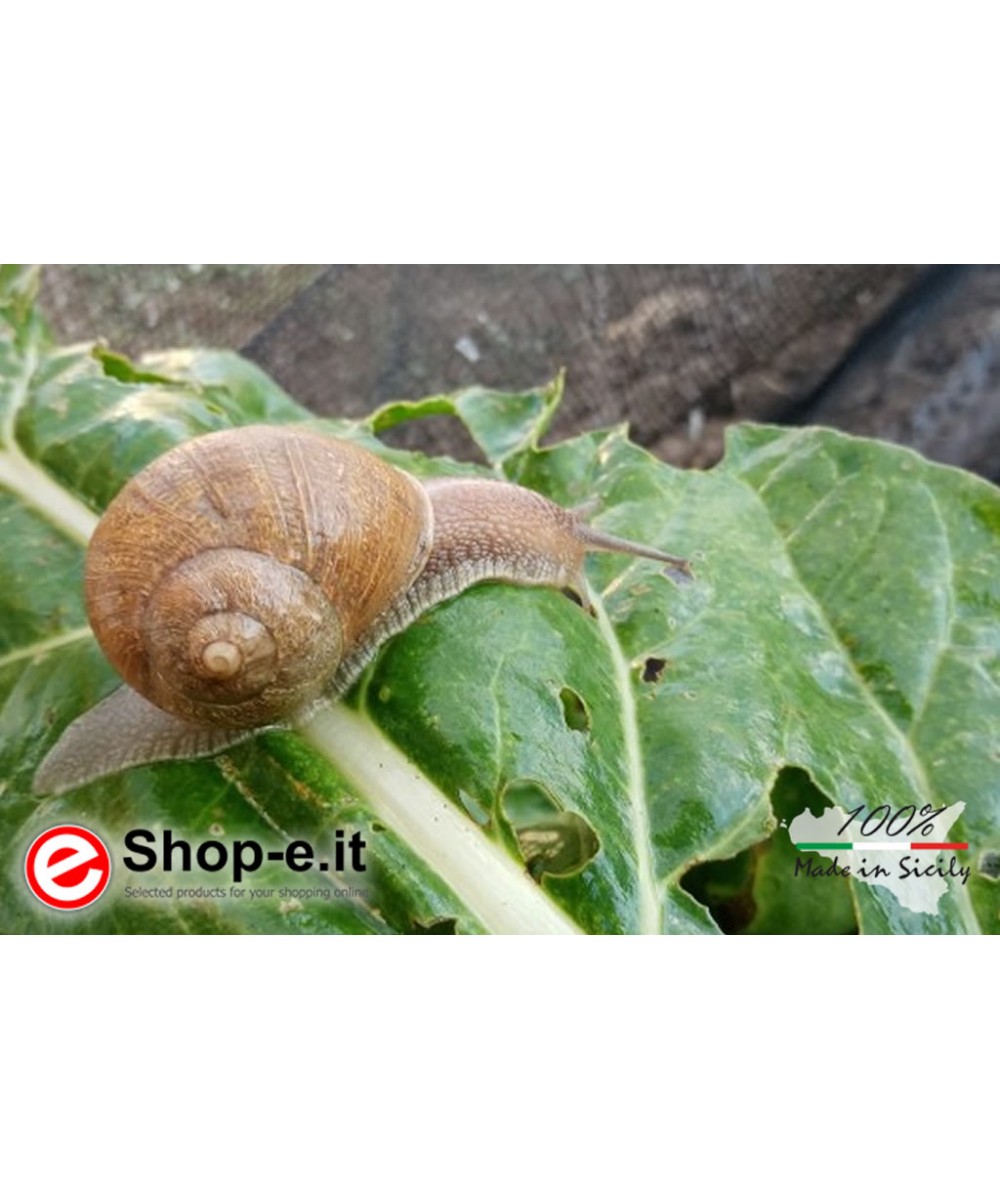
Snails for food use Helix Aspersa Aspersa 1 kg, natural cyclegrown
This study aimed to isolate lactic acid bacteria (LAB) from the digestive tract, meat and slime of edible snails (Helix lucorum, Helix aspersa and Eobania vermiculata) and investigate their antagonistic activity against Penicillium expansum. They were then characterized for their probiotic potential. Among 900 bacterial isolates, 47 LAB exhibiting anti-P. expansum activity were identified.
/images/helasp13.jpg)
Helix aspersa (Müller, 1774)
Helix aspersa is a species of land snail belonging to the Helicidae family, widespread in the Mediterranean and continental area up to Northern Europe. In some areas it is appreciated as a food, but is mostly considered a parasite of gardens and cultivated fields. The mucus of Helix aspersa has found multiple applications in the cosmetic and health fields.

Helix Aspersa Newly Hatched With Adult HighRes Stock Photo Getty Images
Buy Top Products On eBay. Money Back Guarantee!
.jpg)
Allotment Helix Aspersa
Brown garden snail, Cornu aspersa (formerly Helix aspersa, Cantareus aspersus, and Cryptomphalus aspersus) is a member of the family Helicidae.This snail species originates from Britain, western Europe, and along borders of the Mediterranean and Black Seas. There have been introductions of this species into Argentina, the Atlantic Islands, Australia, Chile, Haiti, Mexico, New Zealand, and.
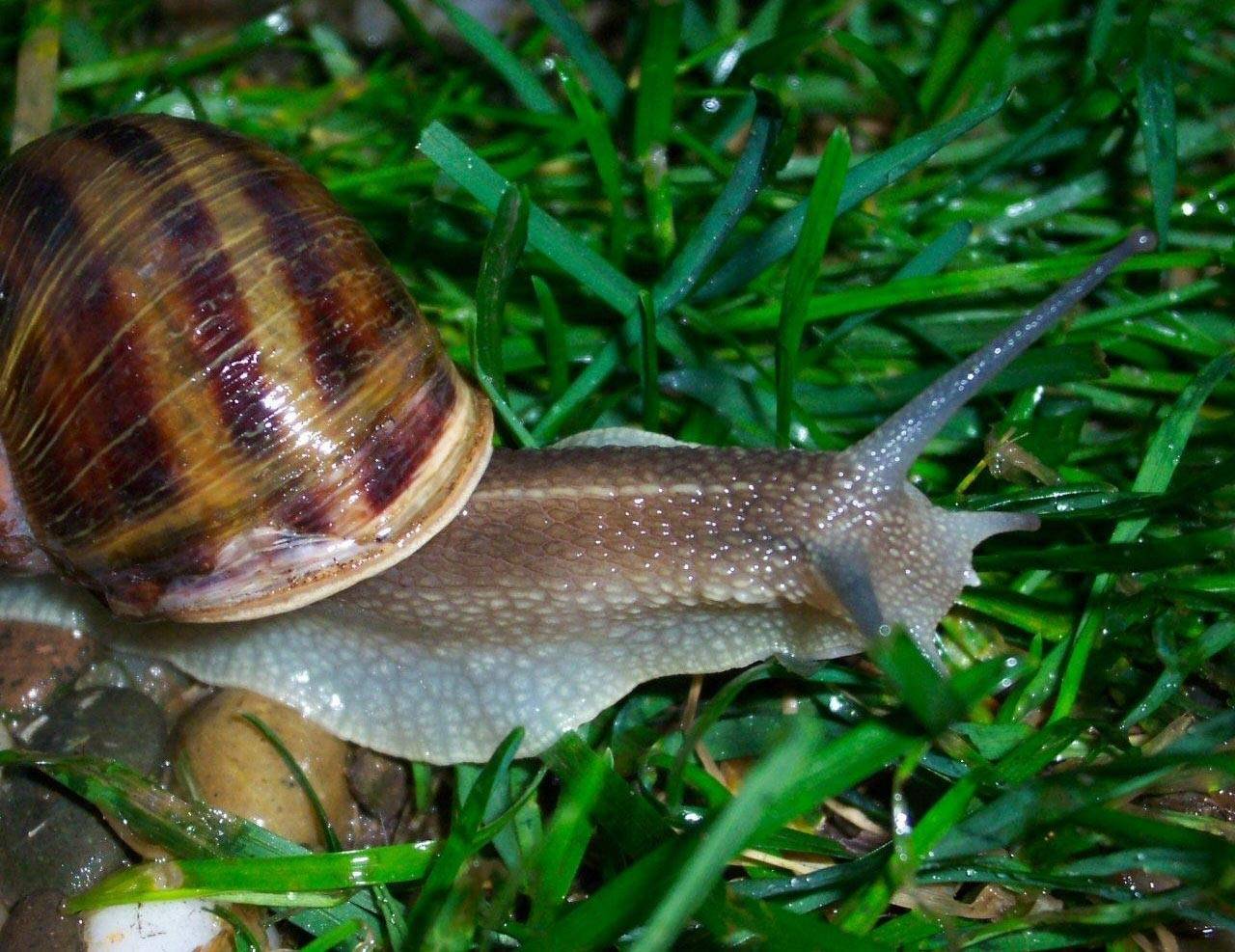
Helix Aspersa Maxima La Lumaca Madonita
The garden snail, Helix aspersa, is a big land snail widely found in the Mediterranean countries. It is one of the most consumed species and widely used in zootherapy. Objective: The present study was carried out to investigate for the first time the first time the antitumor activity of an aqueous extract from Helix aspersa.

Ікра Helix Aspersa Muller
The Brown Garden Snail, also known as Helix Aspersa Aspersa, is the most common type of Helix Aspersa snail. It is easily recognizable by its brown shell with darker brown stripes. This type of snail is often used in cuisine and is widely found in gardens and parks. The Brown Garden Snail is small, growing to about 30 to 40 mm in size.

Helix aspersa
Snail Helix aspersa. Evolutionary Biology, Biology 200, Laboratory Tutorial, Department of Biological Sciences, State University of New York, Buffalo. Retrieved January 9, 2014. These pages have information on snails and methods for managing these garden pests: University of California, Integrated Pest Management Program (UC IPM). (January 8.
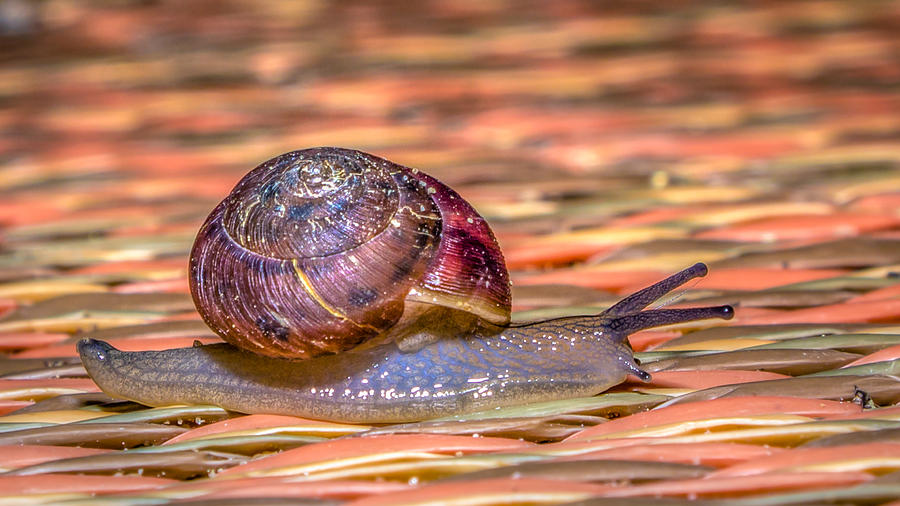
Helix aspersa Photograph by Rob Sellers
Helix aspersa the brown garden snail, is a herbivorous land snail that is native to the United Kingdom and western Europe. It is also native to the countries along the borders of the Mediterranean Sea and the Black Sea. It has been introduced to many places worldwide as food, by snail enthusiasts and accidentally attached to plant matter or freight.

Helix aspersa (petitGris)
Cornu aspersum, known by the common name garden snail, is a species of land snail. As such it is a terrestrial pulmonate gastropod mollusc in the family Helicidae, which includes some of the most commonly familiar land snails. Of all terrestrial molluscs, this species may well be the most widely known. In English texts it was classified under the name Helix aspersa for over two centuries, but.

Helix Aspersa Maxima Lumaca, Agricoltura sostenibile, Habitat
Using cDNA from the snail Helix aspersa and a Xenopus oocyte expression system, an amiloride-sensitive, FMRF-amide-activated sodium channel was identified. The acid-sensing ion channels found in sensory neurons are also modulated by FMRF-NH 2 and by neuropeptide FF ( Xie et al., 2002 ). These channels have only two transmembrane domains and as.